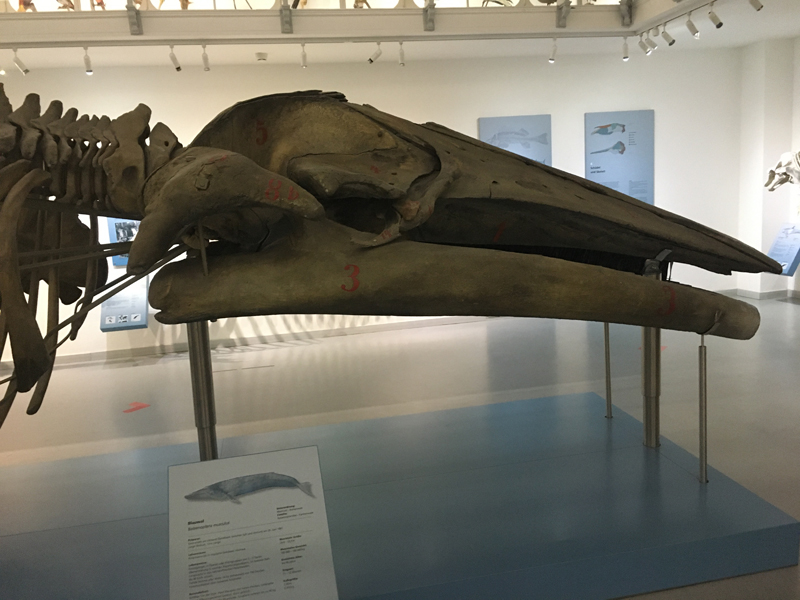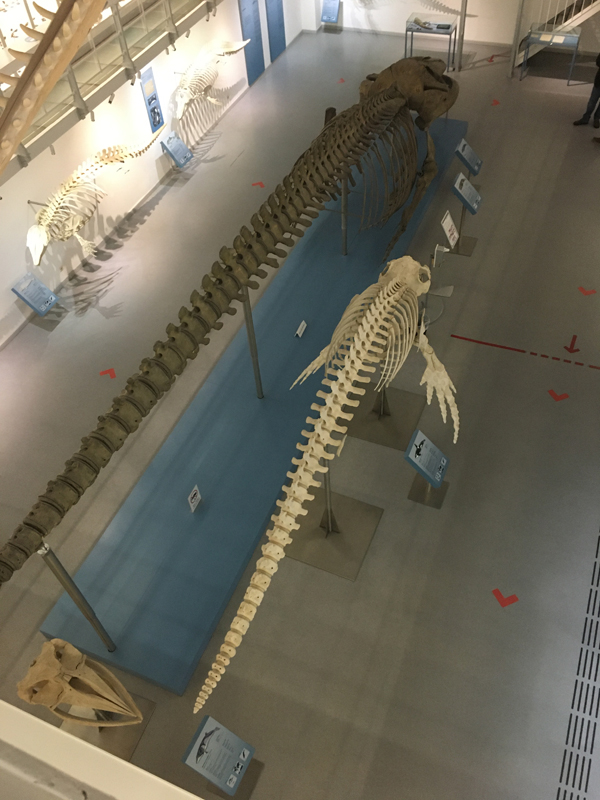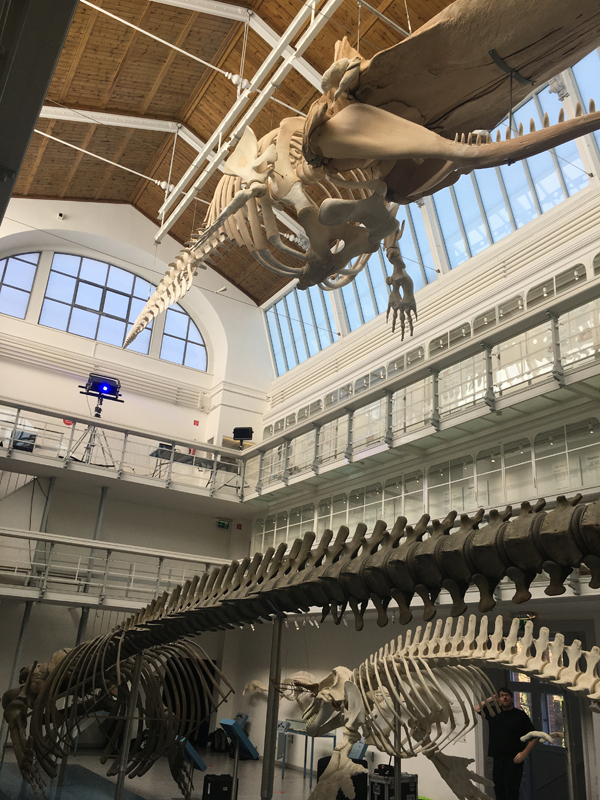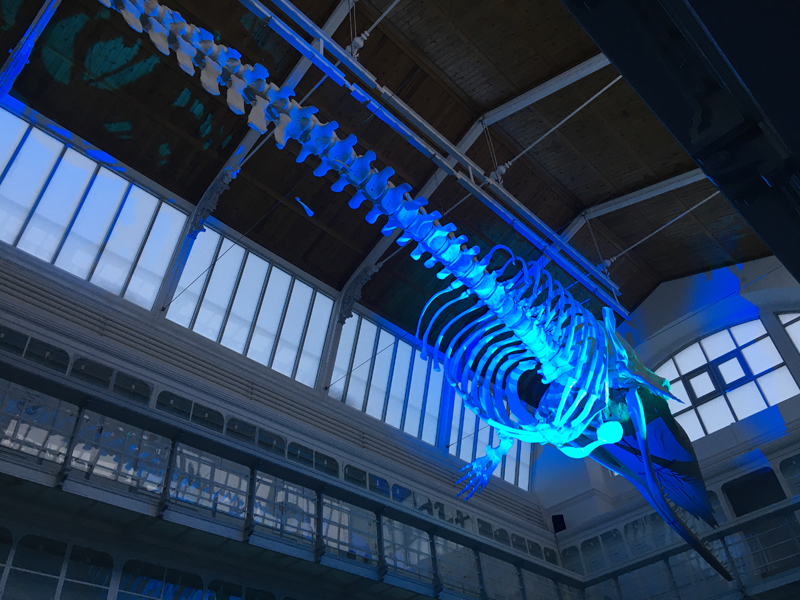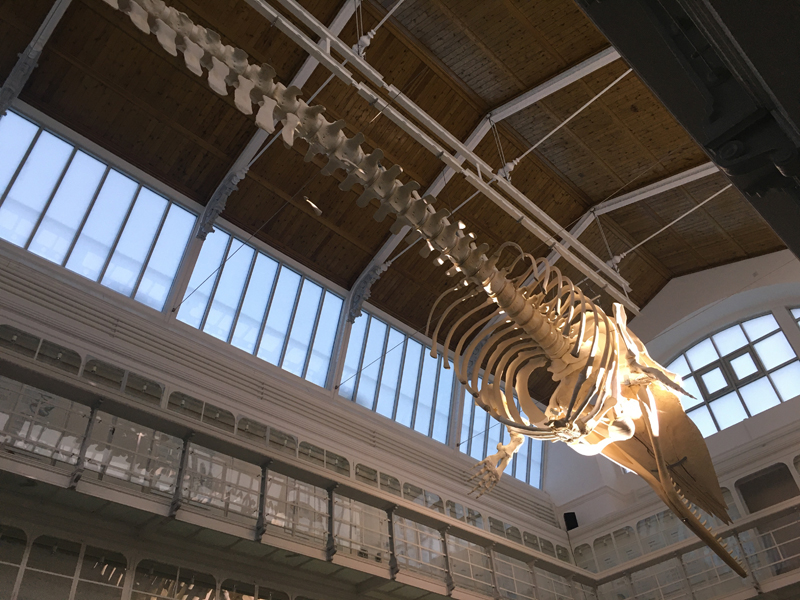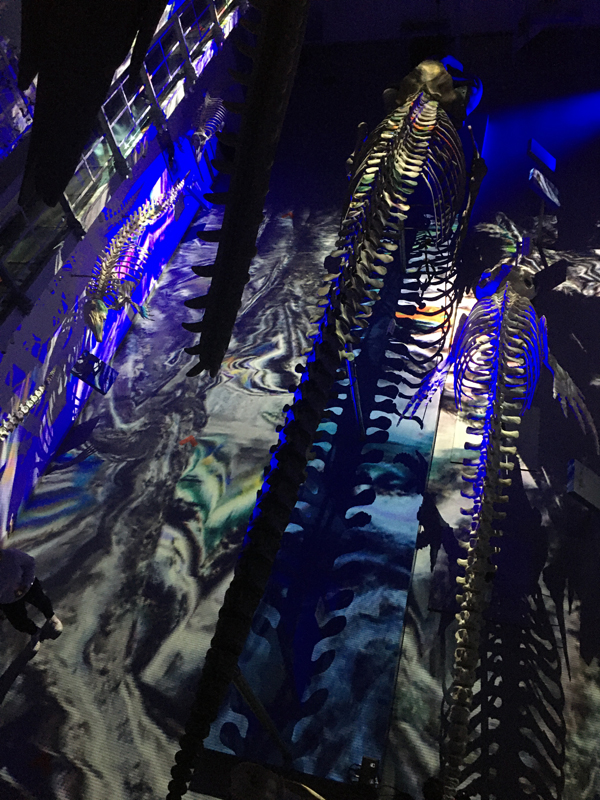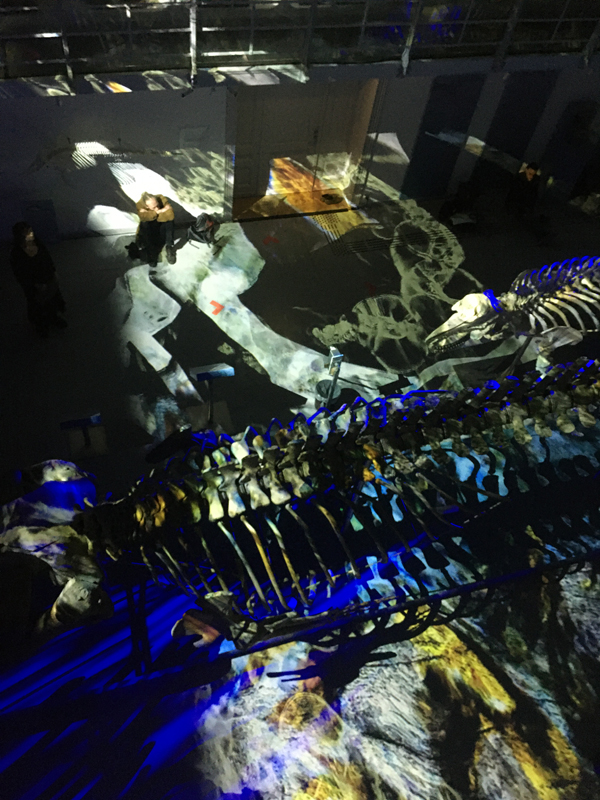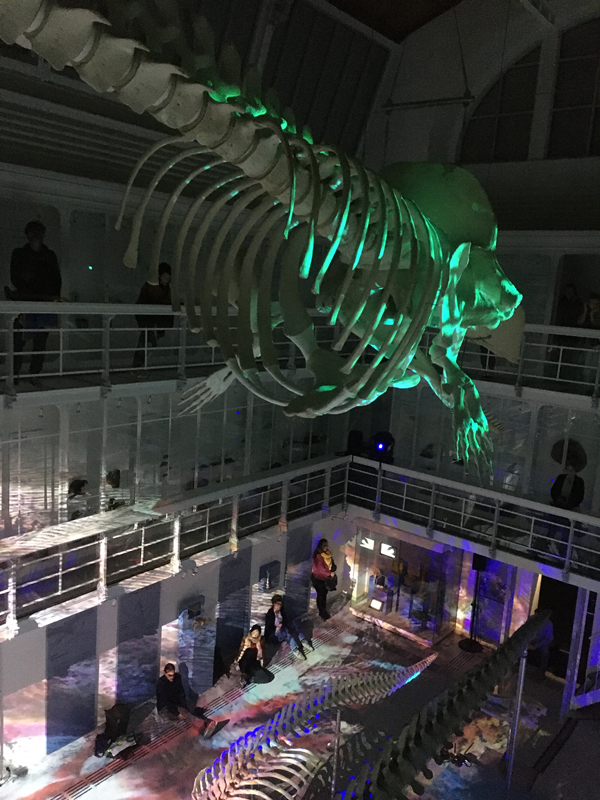Homeostasis
Based on archival and scientific objects - sound and recordings, images and models - sound artist Kirsten Reese and visual artist Robert Seidel transform knowledge about life underwater into aesthetic modes of perception. In a poetic combination of the sounds and voices of animals living in and around the oceans - especially whales, seals and penguins - as well as the sounds of the sea and the oceans themselves - ice, glaciers - with electronic mimicry and musical transformations Kirsten Reese reflects on utterances of real and artificial lifeforms. The work centers on the diversity and beauty of bioacoustic and geophonic (or aqua-phonic) sounds. Rhythms and patterns of the voices of these 'other' living beings call out in the mysterious acoustic world underwater, in a medium that is so different to the medium (air) where our human species listens. Kirsten Reese's starting point was her research in bioacoustic research collections of the Oceanographic Museum Stralsund and other collections (like that of the Museum für Naturkunde Berlin), as well as conversations and exchange with researchers at the Ozeaneum. Taking up the strangeness of the acoustic world underwater the focus was an appreciation, through gentle compositional juxtapositions and musical time structuring, of its voices and sounds, unusual and often unheard of for the human ear. Robert Seidel uses digital tools to weave hybrid life forms from scientific zoological and botanical contexts resulting in a speculative look at natural life processes: constant growth, connection, mutating and decay of millions of years of evolution are compressed into minutes. Seidel explores the possibilities of artificial intelligence/machine learning to create new visual worlds and contexts. The collection of the Oceanographic Museum, which is open to the public, and its extensive archive served as a basis for training data sets for ML algorithms, which are combined into something new after the analysis and the independent derivation of patterns. Homeostasis was first presented on 23./24.9.2022 at the Ozeaneum Stralsund in the exhibition hall "1:1 Riesen der Meere" (giants of the oceans) with its huge whale models hanging from a more than 20m high ceiling. Visuals were projected onto the whale models and into the space, sounds were played back through a 5-channel system/subwoofers (required for the ultralow frequencies of whales). On 9./10.5. 2023 Homeostasis was shown in the architecturally significant Gropius-Bau of the Zoological Museum. The center of the building is a high, light-flooded hall with two surrounding galleries. This architecture, consisting of a central presentation hall and surrounding research and collection rooms, was a fundamental innovation in museum design in 1881 and became exemplary for the further development of natural history museums in the 19th century. Today the museum shows marine animals of the Baltic Sea, among them 12 whale skeletons from the last 160 years. The harbor porpoise is the only whale that also lives in the Baltic Sea, but many other species come to the North Sea and Baltic Sea as occasional or stray guests. In the center hall, the largest specimen is the 14 meter long and 1.5 tonne skeleton of a sperm whale bull. As the largest toothed whale, it stands by a second large whale, the skeleton of a young female blue whale that stranded off Sylt in 1881. credits:
Audiovisuelle Installation. Mit Robert Seidel, Video 2022
16.9.2022 Ozeaneum Stralsund
9.5.2023 Zoologisches Museum Kiel, Frequenz Festival
trailer Stralsund
https://www.youtube.com/watch?v=fD8EXvPwWgA
trailer Kiel
https://www.youtube.com/watch?v=rztwsh6KSaM&t=152s
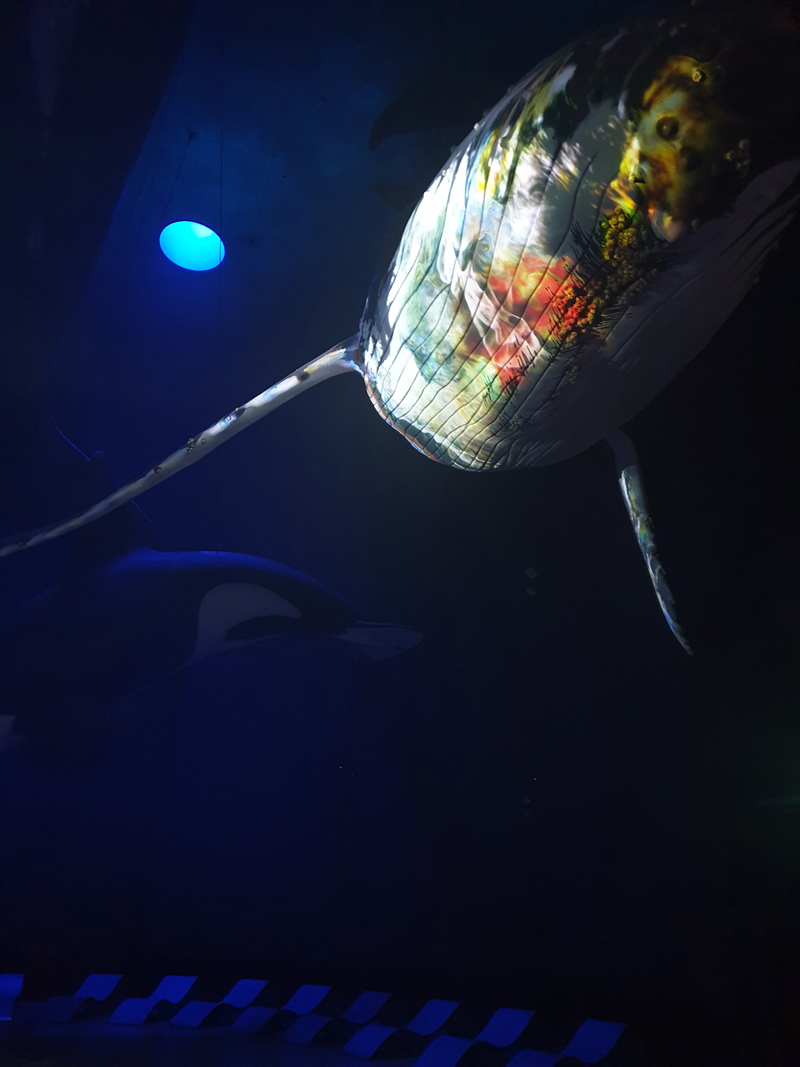
(c) Almut Neumeister
Helen Rößler, German Oceanographic Museum, hyrophone recordings
software/hardware:
audio - diverse audiosoftware and plug-ins for sound composition, 4-8 loudspeakers, 1-2 subwoofers
video - TouchDesigner, VQGAN, 3ds Max, MIDI-Controller, DMX-Controller, 2 Full HD Projectors
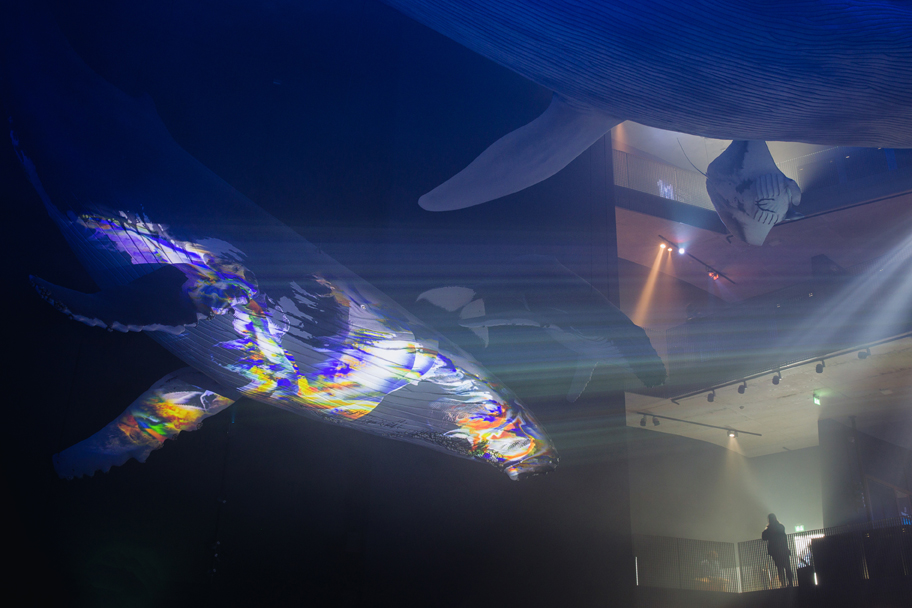
(c) Almut Neumeister
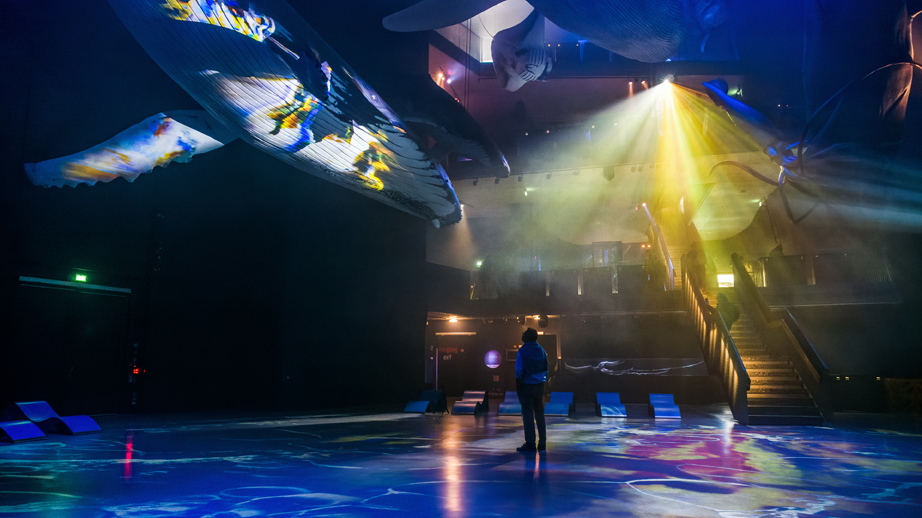
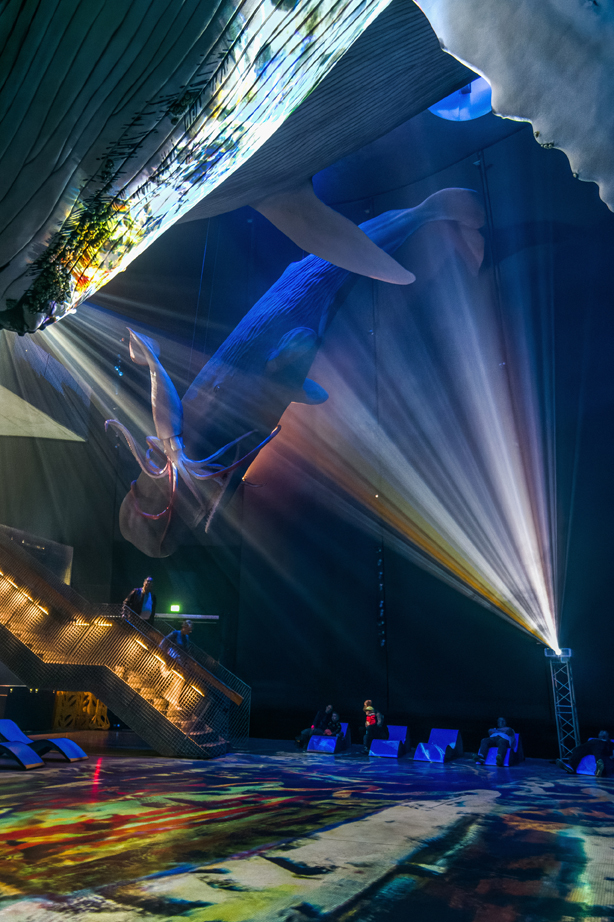
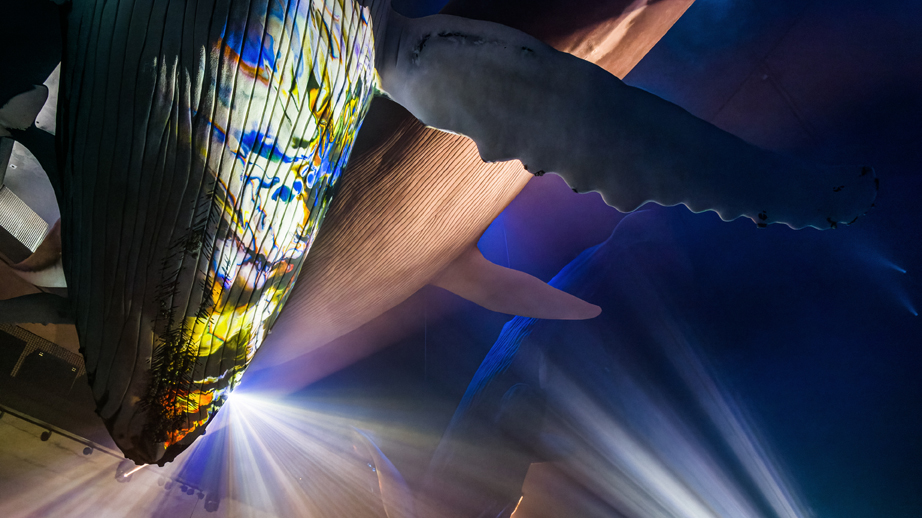
(c) Robert Seidel

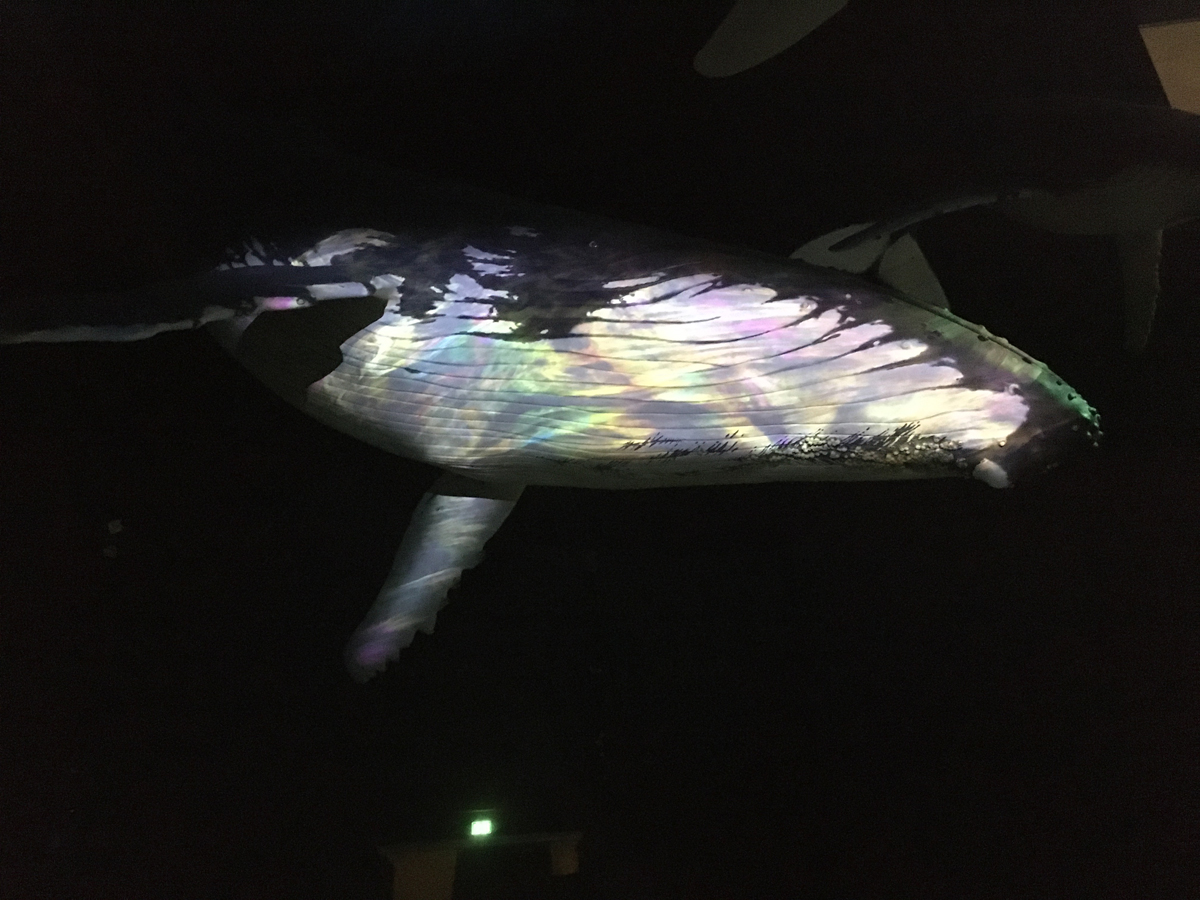
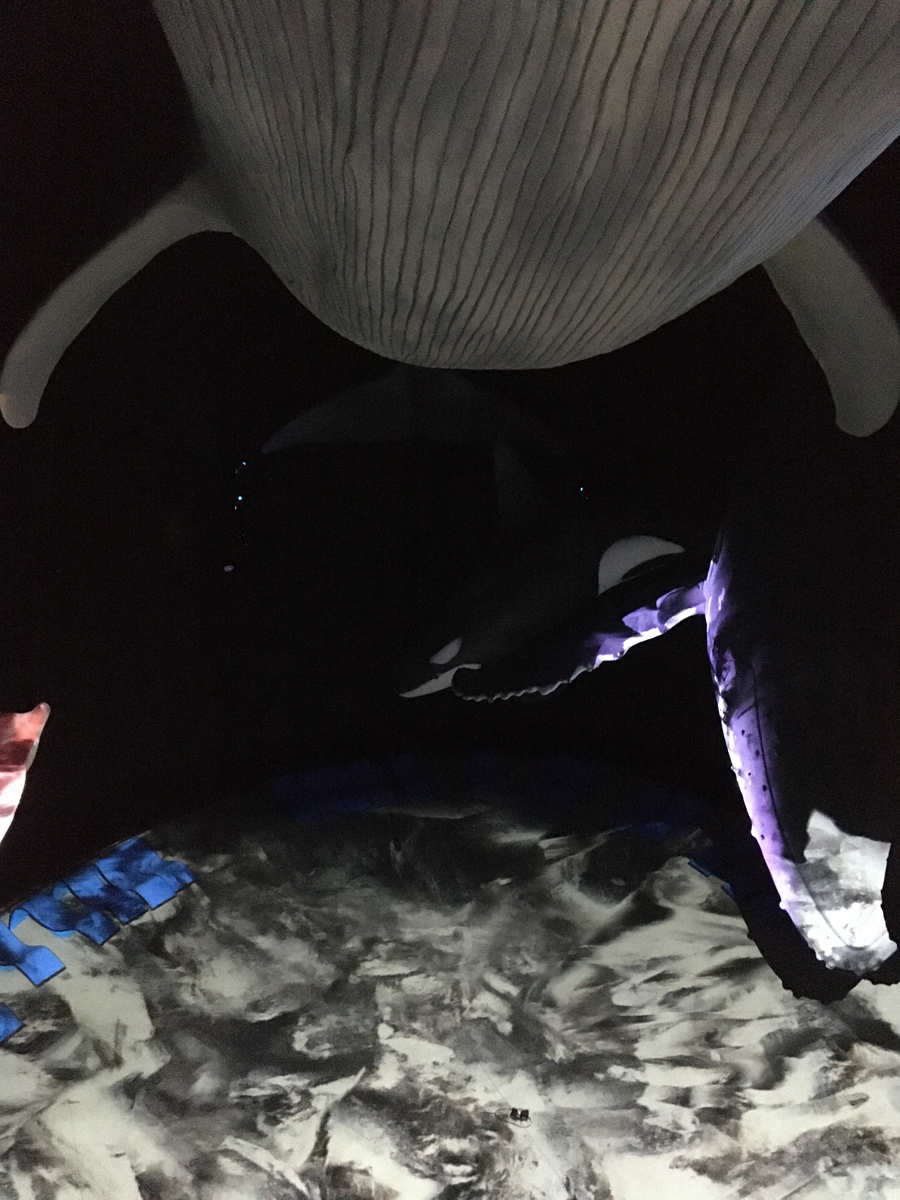
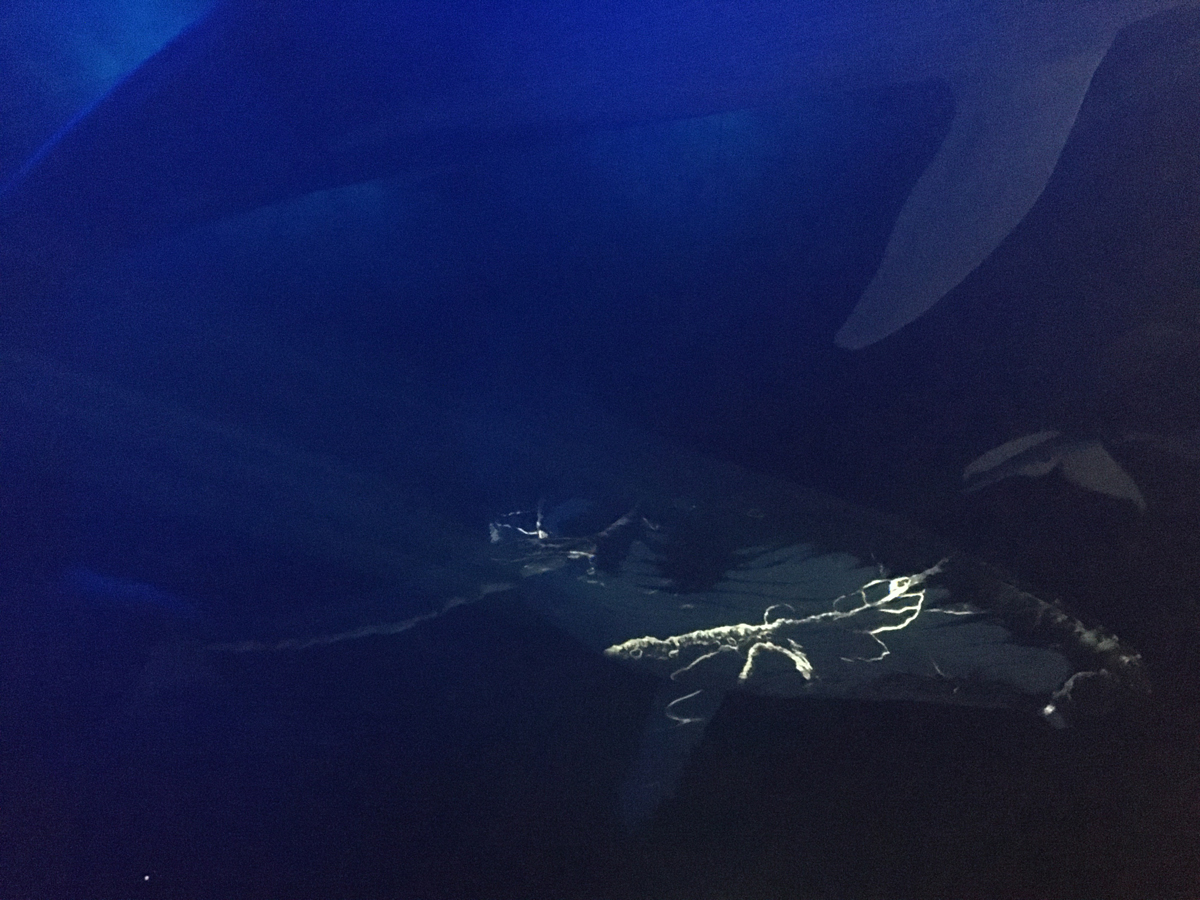
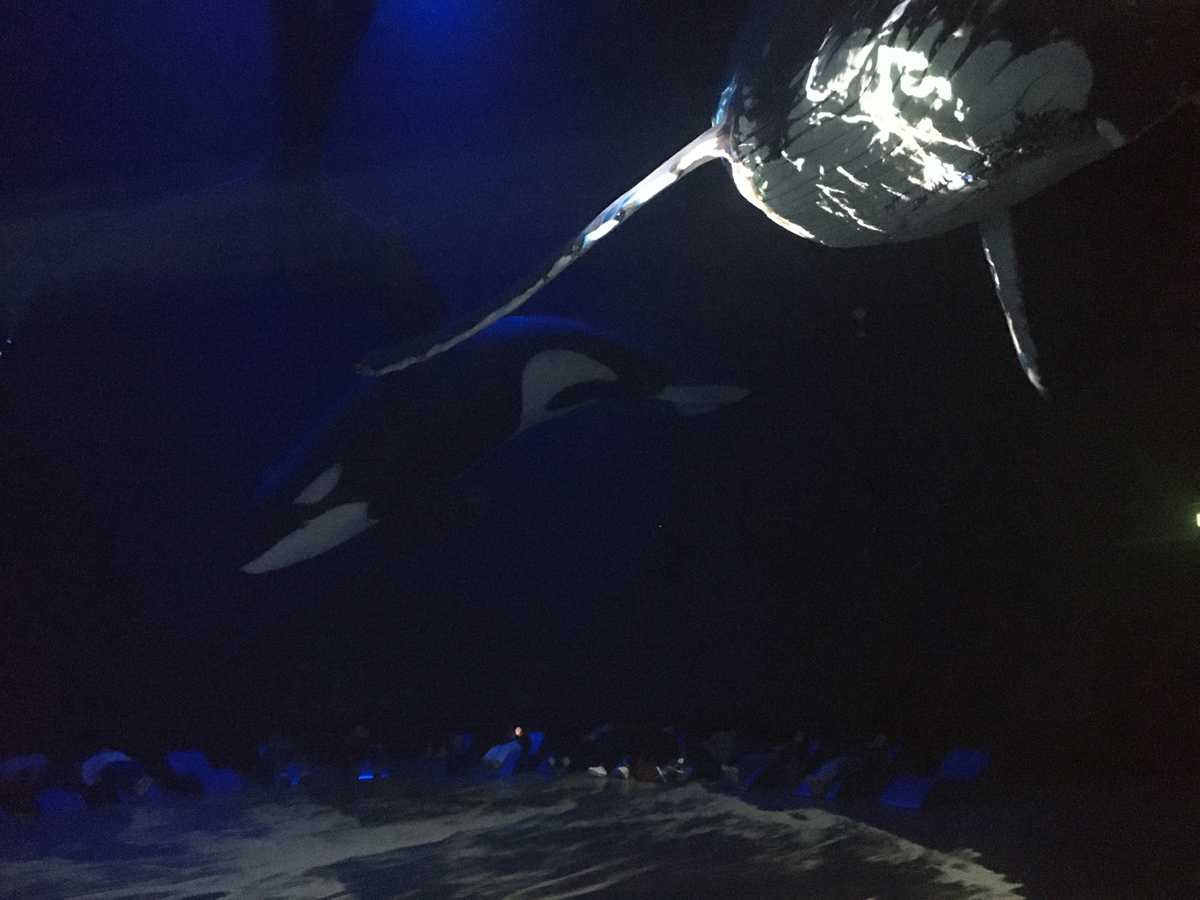
(c) Kirsten Reese
Images from Zoological Museum Kiel
